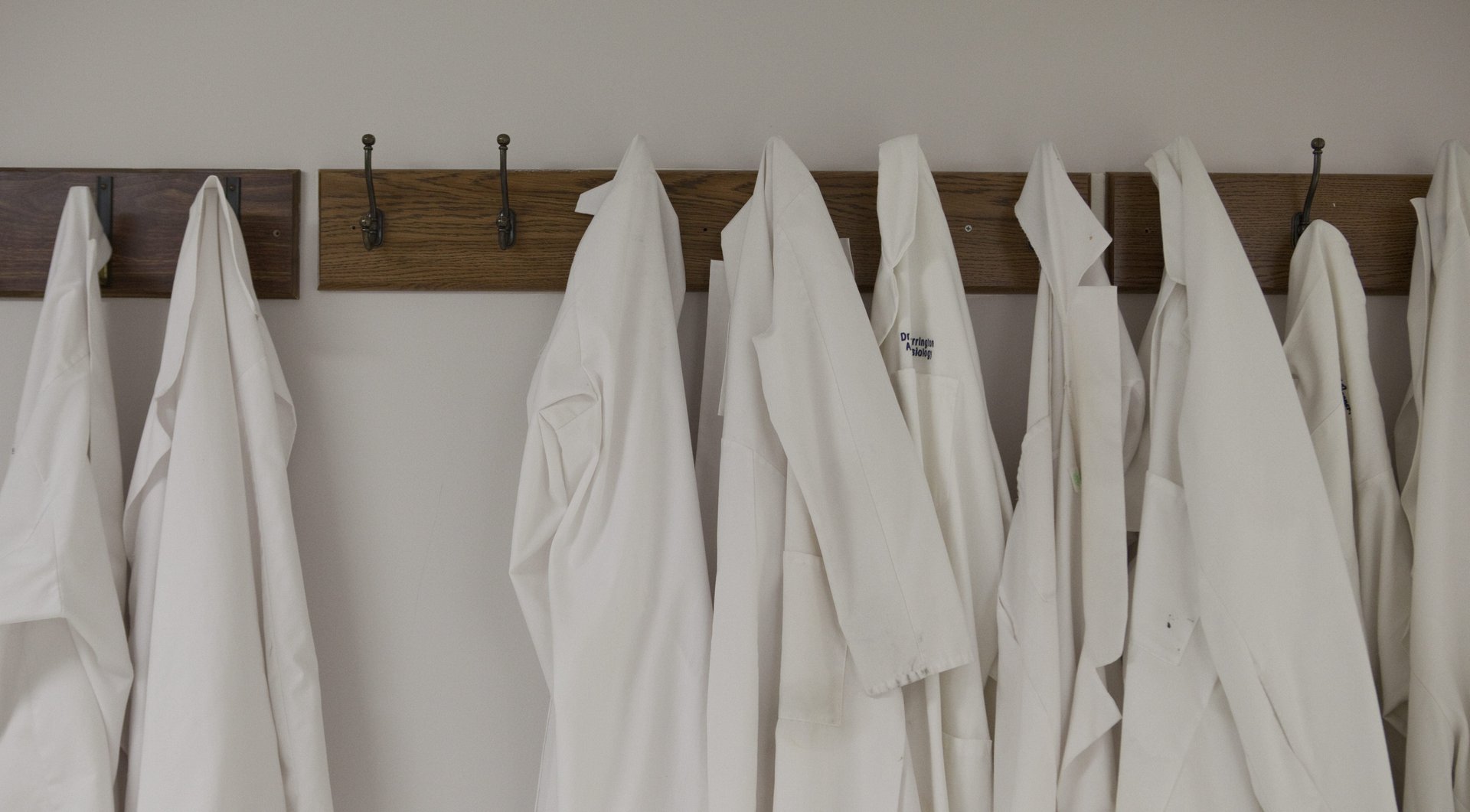To get the best results from your employees, assemble them like a team of surgeons
Team work in the workplace has long been valued. Less well understood is why working in teams is so much more effective than tackling tasks as individuals.


Team work in the workplace has long been valued. Less well understood is why working in teams is so much more effective than tackling tasks as individuals.
The answer lies in human origins, and our evolution as social animals, according to Steven Sloman and Philip Fernbach, cognitive scientists and authors of The Knowledge Illusion: Why We Never Think Alone. Our brains developed into large and sophisticated organs to keep up with the size and complexity of our social groups, according to one influential theory, they write. Our big brains gave us command over language, which allows large groups to organize around abstract goals and ideas, and they also give us the ability to share our intentions.
When humans interact, they know they’re sharing the same experience, and that means they can share common ground. Once we know what knowledge we share, we can agree to work toward a common purpose. “A basic human talent is to share intentions with others so that we accomplish things collaboratively,” Sloman and Fernbach write.
Since we evolved to think and act together, we fall naturally into teams in which knowledge and skills are pooled. No individual can know as much a group, and that’s particularly true as we solve more and more complicated problems.
Consider brain surgery: A team might consist of of pre- and post-op nurses, neurosurgeons, residents, plastic surgeons, anesthesiologists, operating-room technicians, and rehabilitation specialists. All of them have special training and insight, and while some of their knowledge might overlap, none of them knows everything necessary to perform the operation.
When assembling teams, managers should think about what the different members contribute. Teams where all the members share the same skills or background won’t cover the same breadth as one in which members bring a range of abilities and experiences. There’s a growing body of research that shows that diversity strengthens teams, whether they’re juries or corporate boards. Homogenous teams may have less friction and feel like they’re working productively, but as a study of problem-solving among members of fraternity and sororities shows, they’re are less likely to arrive at the right answer than groups where members can challenge assumptions and shared beliefs.
To solve a thorny problem, putting together a team where all the members share the same knowledge might feel like the right solution. But the smarter team is one that brings multiple skills and perspectives, and whose collective knowledge is greater than that of any one member.